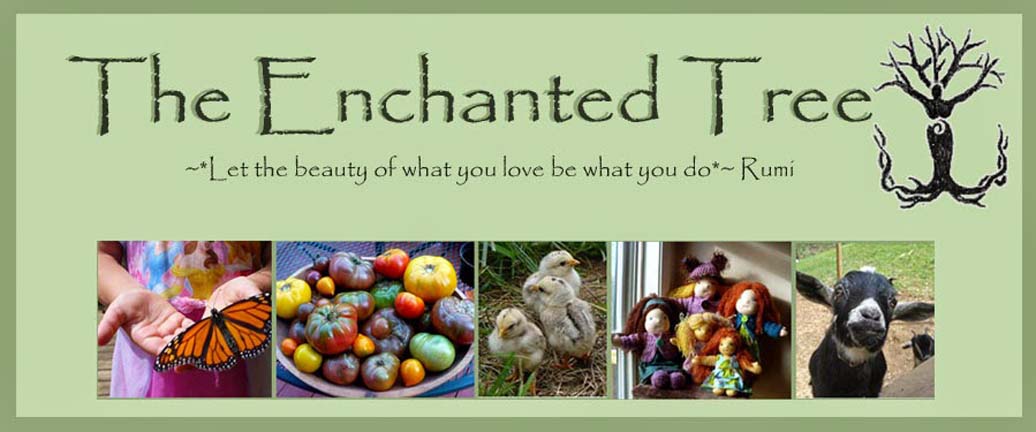Every year we walk down the road to collect the monarch eggs and caterpillars before the county mowers mow down all the milkweed.
The eggs are extremely tiny, but we've learned to spot them easily. We remove the leaf with the egg and bring it home. We use to leave the eggs and only collect the caterpillars, but the eggs kept disappearing. i don't know where it's ants or something else that carries them off, but something seems to eat them.
The newly hatched caterpillars are extremely tiny. After they hatch they eat what is let of their egg and then begin to munch on the milkweed.
As the caterpillar grows it sheds it's skin several times. These are called instars.
When the caterpillar reaches it's final instar (#5) it stops eating and find a quiet place to rest. It spins some silk to create a sling for it's back legs, then it hangs upside down in a J position. It will shed it's skin a final time and underneath is the green chrysalis.
In this photo you can see the green chrysalis and a newly eclosed Monarch.
When the Monarch is ready to emerge from it's chrysalis, it is visible inside. Sometimes it's gets very dark, almost back a day or two before the monarch is visable.
When the monarch first ecloses, it's wings are crumpled and it's abdomen is swollen. It's body contracts and pushes the fluid from the abdomen into the wings. The sit and let their wings dry for a few hours after they have eclosed. When the wings are dry they will begin to open and close them, signaling that they are ready to be released.
So far we have raised and released 4. i have another chrysalis, a caterpillar in it's final instar and a few newly hatched caterpillars. In the wild only 1 in 10 monarch caterpillars survive to adulthood, so raising them inside in a controlled environment is really important for their survival. Monarch populations have been declining for years because of the use of pesticides and loss of food source (milkweed). This year the monarch population has started to increase and i truly believe that is in part due to the efforts of all those planting milkweed and raising caterpillars inside.
i truly feel that it is not only beneficial to caterpillars, but also to me and my children. Watching the process and knowing that you are helping to make a difference is a wonderful feeling. Seeing our monarchs fluttering around the herb garden, tasting the flowers and leaving tiny new eggs on our milkweed plants is so incredibly rewarding.
The movie Flight of the Butterflies is currently streaming on Netflix. It's a visually stunning documentary that follows the yearlong migration of the monarch butterfly from the volcanic forests of Mexico all the way to Canada. Definitely worth watching.









0 comments:
Post a Comment